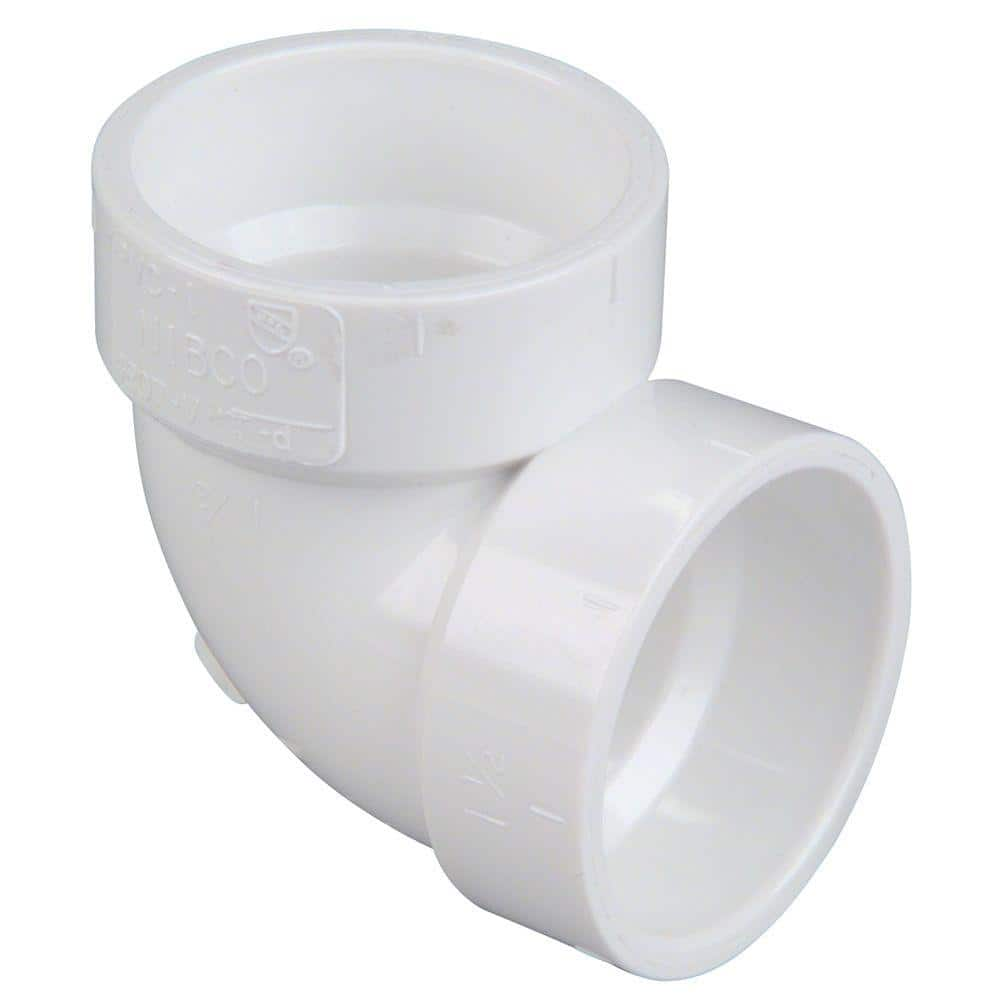No, after reading that study that @Mr Fox posted.Would that be like nitrous in a race car?
But it would probably made your Oil blacker faster
Rum would work better in a gasoline engine.
If you drink it, who cares about your boat odors then.
Jim...
No, after reading that study that @Mr Fox posted.Would that be like nitrous in a race car?
I just looked they are Schedule 40 which is minimum 50 psi rated.most 1.5" PVC elbows & such are rated for 5 psi.
Assuming it is the outlet hose with standing sewage that is permeated, I'm planning to replace that part with PVC pipe. Any tips or examples of doing PVC for marine sanitation appreciated.
There are 2 grades of PVC, one is for drains in a house and the walls of the pipe are thinner. Another grade of PVC is designed for pressurized water and the walls are thicker. This is also the type of PVC the is used for PVC furniture and projects around the home. They are known by their "schedules" one is Schedule 40 and one is Schedule 80. I can never remember which is which, but the difference in obvious.A quick look at Home Despot shows most 1.5" PVC elbows & such are rated for 5 psi. That seems problematically low. Is there a particular category or type of PVC pipe and fittings one works with in marine sanitation?

Great write-up on your site! I had forgotten about those Uniseals, which came as part the dip-tube kit I used on my last boat. I may indeed do belt-and-suspenders, and route PVC piping up to a dip-tube instead of straight out the existing fitting. Going to dig up the specs for my tank now. The discharge route makes a number of twists and turns so I'll have to figure out how to brace the PVC properly, but I'd still rather do that than deal with hose again.After ventilation and good quality hoses, rerouting the tank outlet from the bottom of the tank to the top with a dip tube is the best solution. In this arrangement there is no sewage sitting in a hose permeating it. I did this on my old boat, a Sabre 30. Here's a link to the description:

Harken Traveler Car Repair
www.sv-secondstar.net

